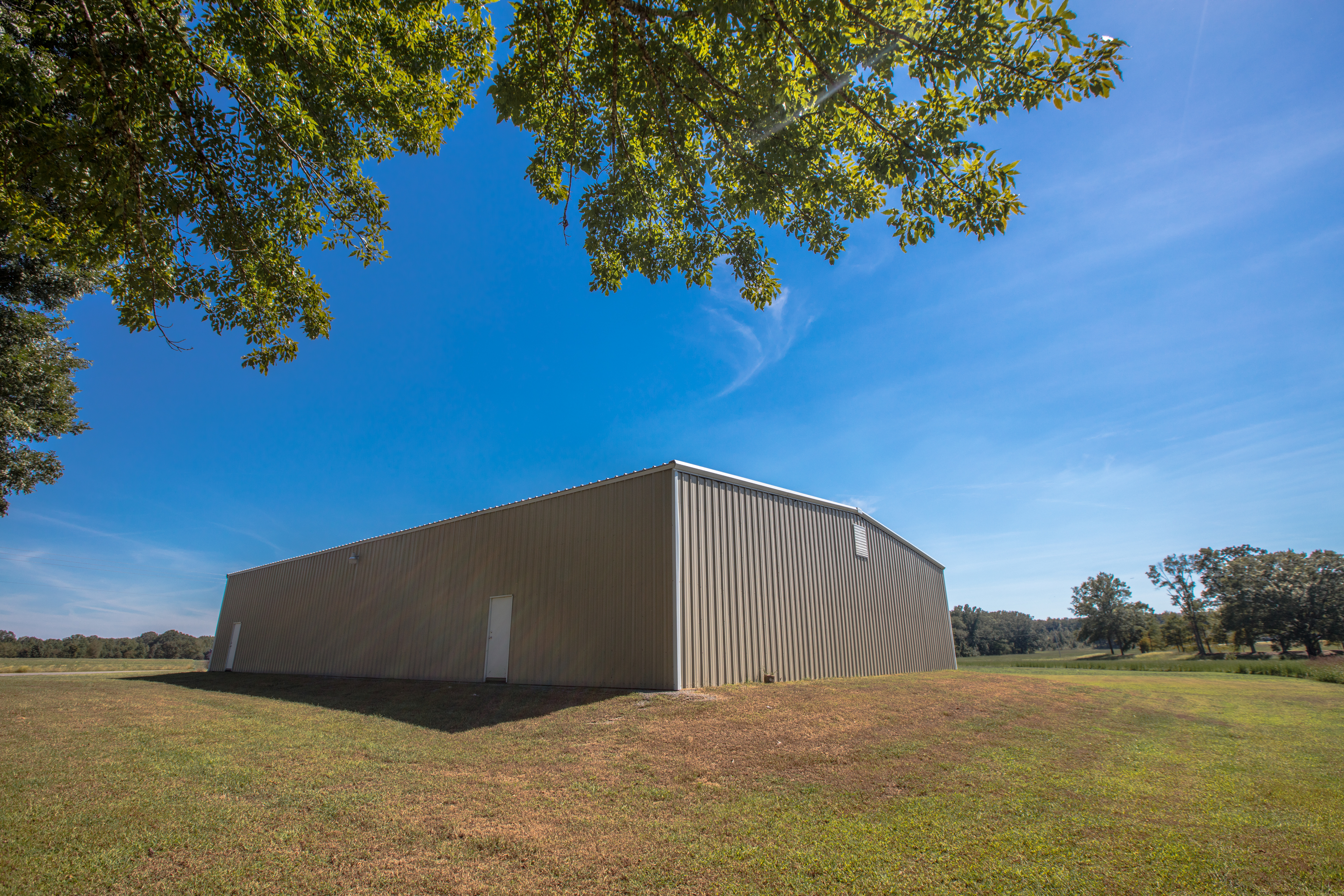
BUILDING FOR EXTREME WEATHER PART 1: ENGINEERING AND CONSTRUCTION
Posted on July 27, 2019 by Heritage
The damage extreme weather events can do is well documented. From torrential downpours to the high, gusting winds of tropical storms and hurricanes, extreme weather poses a significant threat to building structures—regardless of the material they’re built with. While the building industry and structural engineers are continually working to improve building performance during extreme weather, simple steps can be taken to ensure building longevity and the safety and security of the people and property within them. This includes selecting steel as your building material.
In part one of this series, we’ll review how material choice and proper construction can support buildings in extreme weather.

CONSTRUCTION CONSIDERATIONS
UNDERSTANDING WIND LOADS AND CODES
Wind load is the impact force of horizontally-moving wind on the roof, walls and corners of structures. Your geographic location determines which Wind Exposure area you fall within (B, C, or D). This is the best place to start to understand the building specifications necessary to prevent damage. Visit the Codes & Loads section of our Technical Library for more information on the different kinds of loads and how wind exposures are categorized.
When evaluating building designs and quotes, be sure to confirm that the specifications meet all applicable loads and codes. Also, but sure to clarify any questions you have with your local building officials before making a buying decision. Any design or construction company supporting your building development needs to be intimately familiar with these code requirements. Be wary of any company that downplays the importance of codes and loads. If they don’t adequately explain them in an attempt to sell an already-manufactured building, you should proceed with caution. Certainly be sure to check out our Quote Comparison Checklist for other suggestions on how to compare building quotes.
ENSURING LOAD PATH CONTINUITY
Creating load path continuity can help preserve your structure through unpredictable wind events. Establishing connections from the roof to wall and from the floor to foundation is the only way to achieve this. While some building codes only require connections using nails, upgrading to metal fasteners can provide optimal strength and resistance—up to 130-135 mph. In addition, installing laminated windows can minimize dangerous airborne debris. This is vital to prevent structure penetration and an important consideration when building in hurricane and tornado-prone areas.
HOW STEEL STACKS UP IN EXTREME WEATHER
Far more durable, steel buildings aren’t prone to the same type of damage often experienced with more traditional building materials. As a result, steel has become the leading building framing material in North America and much of the world.
SAFETY
Designed, tested and rated to withstand different levels of extreme wind speed and exposure, steel buildings provide the peace of mind that the materials used to construct your steel building can live up to the strict testing standards required to ensure it is truly durable in extreme weather. Furthermore, 3-D modeling helps engineers and architects find potentially hazardous issues and correct mistakes before construction begins.
BUILDING ACCESSORIES
There are several components that make metal buildings the safest choice for commercial and municipal applications. Working with engineers, designers and certified construction professionals who are familiar with and adhere to strict OSHA Safety Standards for Metal Buildings is key to selecting the right building materials and constructing safe structures that perform well in extreme weather.
Skimping on the accessories can lead to costly and irreparable damage to your structure. Components like gutters keep water away from the foundation and help prevent washout if there is no concrete, sidewalks or skirting. Trim helps close all open panels and closes off the panel edges of steel buildings from wind and rain. Wind-load rated roll-up and walk doors are also valuable in preventing wind damage.
Finally, no building manufacturer can guarantee protection from every weather-related event. However, adhering to building codes and selecting a durable, building material that performs well in extreme weather can help protect against a long list of unfavorable consequences. For more on metal building resiliency and the precautions you can take in the design and construction process, contact your local Heritage representative.
WHAT’S NEXT?
Stay tuned for part two of this series where we’ll share steel building maintenance tips for extreme weather preparation.